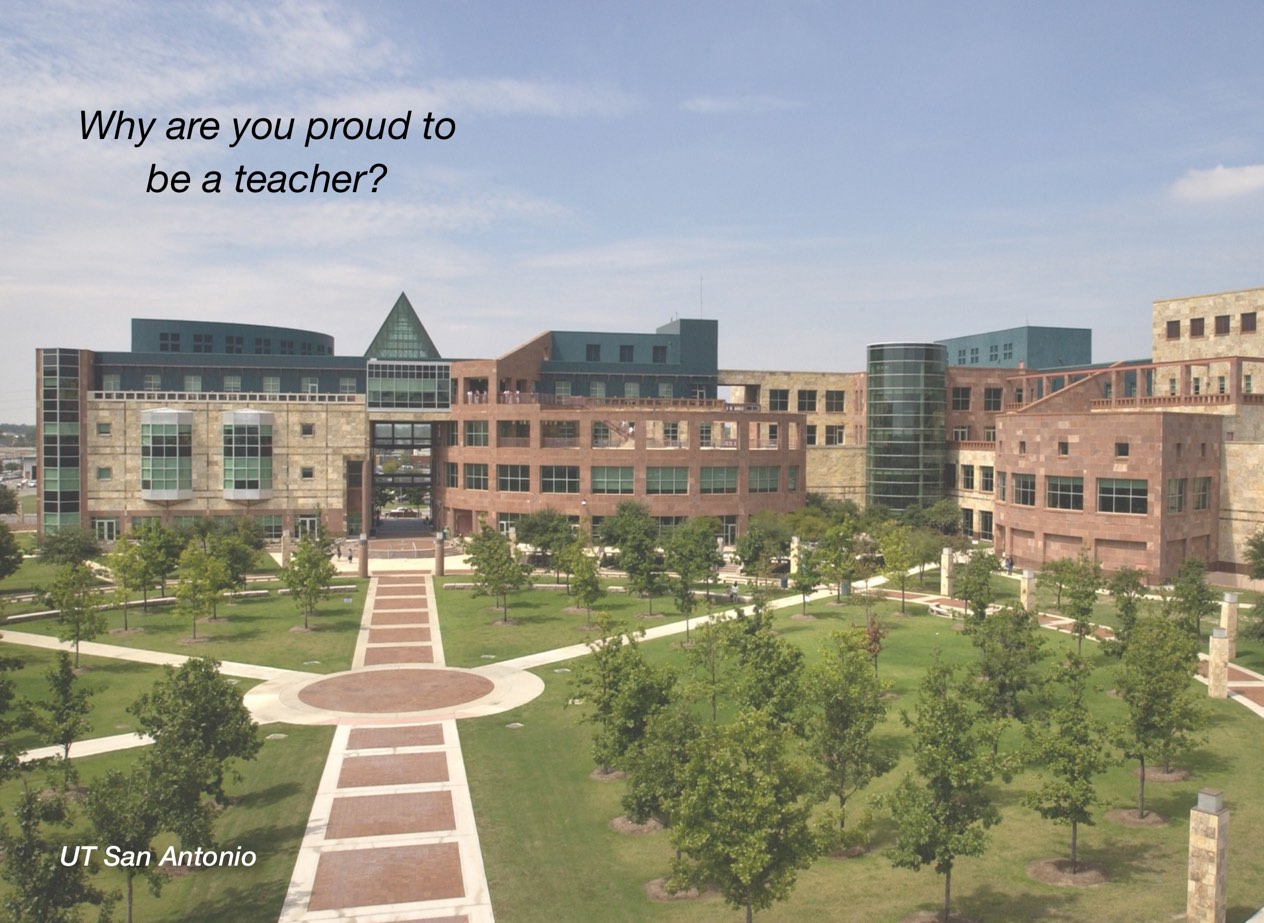45 What’s Your Legacy?


David Silva
Those familiar with Stephen Covey’s work can readily recite the first habit of the highly effective person: “Begin with the end in mind.” Those unfamiliar with the Coveysphere have certainly heard – and offered – similar aphorisms in the contexts of coaching, advising, and mentoring. What’s important to appreciate about Covey’s take on “the end” is that he’s not talking about “end” as “goal” but as “aftereffect” or even “afterlife.” Through this lens, the successful teacher’s efforts to “begin with the end in mind” aren’t so much about establishing clear student learning outcomes or placing a course into the larger curricular context (both important goals), but more about considering the effect that he will have on students beyond the course (the long-term impact). He might ask himself, “Years from now, what will students remember about me as a teacher?”
One useful way of framing your desired teaching legacy might be found in your institution’s end-of-term student survey: what kind of feedback will be solicited about your instruction? Will students tell you that you communicated clearly or not? Will they let you know that you weren’t as available as you thought you were? Will they praise your ability to engage them in meaningful ways? I’ll be the first to admit that course evaluations of this sort aren’t the be-all and end-all to assess one’s teaching (and they should not be), but I’d also point out two things about such surveys. First, they’re not going away anytime soon, so we ought to take them seriously. Second, they’re not (all) inherently bad. In fact, the items presented in a reasonably designed end-of-term survey can serve as a useful template.
Note that I’m not talking about the data generated by such surveys. There’s ample evidence to suggest that how students rate professors can be influenced by any number of factors, many of which can’t be controlled and others of which can be manipulated by easy As and in-class snacks. What’s at play are the attributes to which such surveys point, attributes often associated with the very best teachers.
So try this exercise. With your local survey in hand, go through each item and rate the two or three very best teachers you ever had, the ones you remember with great fondness and admiration for their ability to inspire students to learn. How did they do? Now ask the same questions of yourself, not only in the abstract, but – if you’re diligent – at the end of each week. How did you do when it came to communicating clearly? Establishing expectations? Engaging students’ minds? Being accessible? Finally, project yourself into the future. When you are gone, what will your former students have to say about your teaching? If you, like Ebenezer Scrooge, don’t like what the third ghost has to offer, change. Today.


Chapter 45 Commentary: Robert Prentice
“Sometimes we become so involved in day-to-day preparation for class that our focus on the details that will make a classroom session productive can distract us from what we are trying to accomplish. David Silva helps us keep perspective by emphasizing that we should ask ourselves: “Years from now, what will students remember about me as a teacher?” I suggest we also ask: “Years from now, what will students remember about me as a person?
The course material we teach students every day in class is, of course, what we think of as our main job. But we can also help teach our students how to live their lives. To do this requires two steps. First, open the window to your personal life just a bit. Let the students know you as a whole person who lives beyond the classroom. Second, lead the type of admirable life that you would like your students to learn how to lead. Walk the walk.
This may sound like more than you signed up for when you decided to begin a career as a teacher. But whether you wish to or not, you are going to have an impact on your students. You might as well do it with intentionality. Your impact can be substantial and the rewards immense. To paraphrase David, let me ask you: ”When you are gone, what will your former students have to say about your life?”

